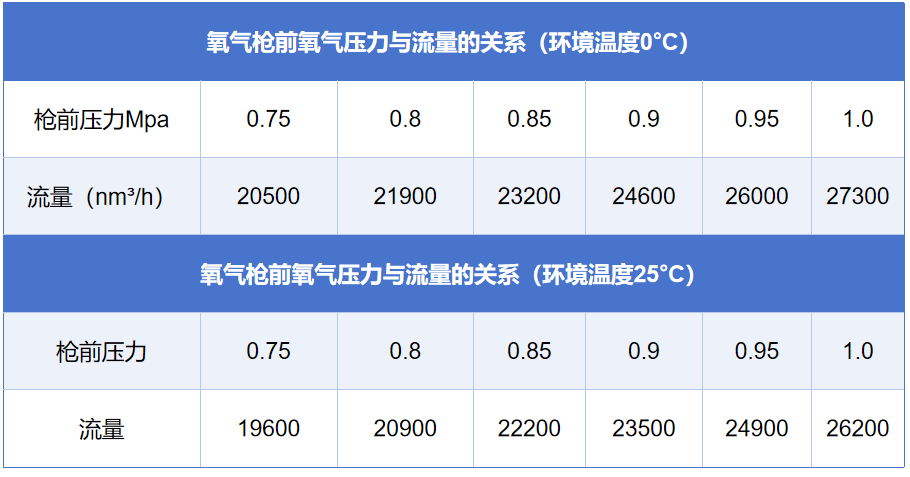CHINA'S LEADING SUPPLIER OF COPPER MOLD TUBES AND PLATES FOR CONTINUOUS CASTING INDUSTRY
Carbon-Oxygen Lance mainly refers to electric furnace smelting, typically the furnace door carbon-oxygen lance, but also includes the furnace wall carbon-oxygen lance. The furnace door oxygen lance consists of two water-cooled nozzles, featuring two water-cooled oxygen lances in combination. The former has two oxygen jets arranged around a central axis—one is a Laval supersonic oxygen lance, and the other is a straight-hole carbon powder injection lance. The latter has two lances arranged vertically, with the supersonic oxygen lance positioned below and the carbon lance above. The oxygen lance also uses a Laval nozzle.
During melting, the lance at the furnace door gradually inserts into the furnace as the scrap metal melts. The electric furnace door oxygen blowing device offers irreplaceable advantages, such as improving oxygen blowing efficiency, shortening smelting time, reducing oxygen lance consumption, lowering costs, and improving working conditions by replacing manual oxygen blowing. It also acts as a movable heat source and has become a standard configuration for most electric furnaces worldwide.
When combined with proper foaming slag technology, the furnace door oxygen lance can achieve excellent smelting results. It enables oxygen blowing and carbon powder injection from the furnace door, precise control of oxygen and carbon powder ratios, full foaming of the molten pool, and optimal power savings, making it one of the primary smelting methods for cost-effective electric furnaces.
Product Features:
Compared to traditional smelting processes, the electric furnace carbon-oxygen lance offers the following advantages:
► The furnace carbon-oxygen lance injects oxygen into the molten pool at a supersonic speed of Mach 2, altering the chemical equilibrium in the pool, significantly increasing the amount of CO.
► Throughout the foaming slag smelting process, the participation of carbon spraying improves conditions, reduces splashing, enhances power utilization, lowers noise, and improves quality.
► The flue gas temperature rises, ensuring sufficient oxygen reacts with carbon. Compared to traditional systems, the use of free oxygen for CO combustion during decarburization results in a weaker oxidizing atmosphere inside the furnace, reducing electrode and refractory consumption.
